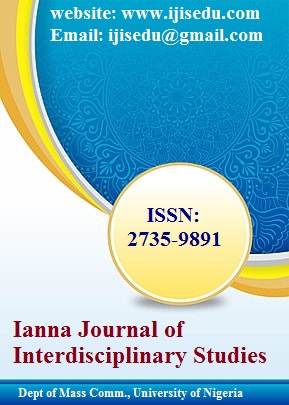Optimizing Waste Materials: Red Mud, Foundry Sand, and Silica Fume in Geopolymer Clay Brick Production
DOI:
https://doi.org/10.84761/z2thd172Abstract
Optimizing Waste Materials: Red Mud, Foundry Sand, and Silica Fume in Geopolymer Clay Brick Production
Smita S. Borchate1, Praveen A. Ghorpade*2, Basavaraj G. Katageri3, Nayana P Hoolikantimath4,
Disposal and management of Red Mud (RM) and Waste Foundry Sand (WFS) is a crucial environmental problem. To resolve this problem and to conserve natural clay, an attempt was made to substitute natural clay in clay bricks with RM and WFS using a geopolymeric approach. Initially clay bricks were cast by partially replacing natural clay by RM, fly ash, WFS, sodium silicate and caustic (10M,12M). The highest compressive strength of 3.5 N/mm2 with the water absorption of 3.93 % was obtained with 12M caustic concentration. Bricks showed strong efflorescence. To reduce efflorescence the caustic concentration was reduced to 5M. However, the strength of these bricks was found to be reduced to 3.27 N/mm2. Further, to optimize the raw material and to improve compressive strength of 5M bricks, part of the WFS was replaced with various percentages of silica fume. Employing Taguchi method, the experiments were conducted using various combinations of raw materials. Total nine experiments were conducted using Taguchi orthogonal array L9. The best compressive strength of 5.02 N/mm 2 was obtained for 5M bricks using 13.75% red mud, 10% silica fume, 12.85% WFS, 33.43% Desur clay, and 30% fly ash. The water absorption for all the sets were within permissible limits. The morphological and mineralogical formations of cast bricks were analyzed by Scanning Electron Microscopy (SEM), Fourier Transform Infrared Spectroscopy (FTIR), and X-ray Diffraction (XRD). The potassium sodium aluminosilicate mineral was seen in all the bricks which was responsible for compressive strength. The Toxicity Characteristics Leaching Procedure (TCLP) results indicate that the bricks are safe for use.









